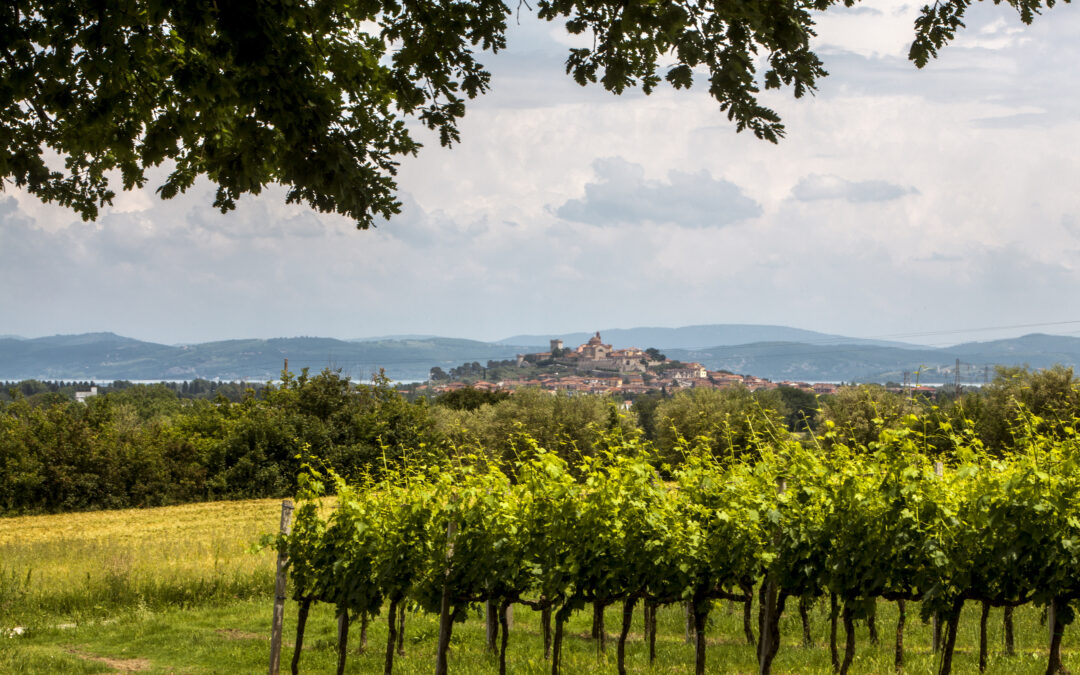Perugia, April
Vinitaly 2025 closed with great satisfaction for UmbriaTop, the cooperative company that brings together the majority of the region’s wine producers. The organization coordinated and promoted the participation of Umbria’s wine industry under the theme of “Roots,” which guided the design and storytelling of the Umbria Pavilion. A strong and clear message: Umbria’s roots are not only agricultural but also cultural, communal, and deeply tied to identity. This concept was the common thread linking 30 events aimed at a qualified and knowledgeable audience of international buyers, industry press, and operators. Through talks, guided tastings, and technical meetings, Umbria told its story—past, present, and future.
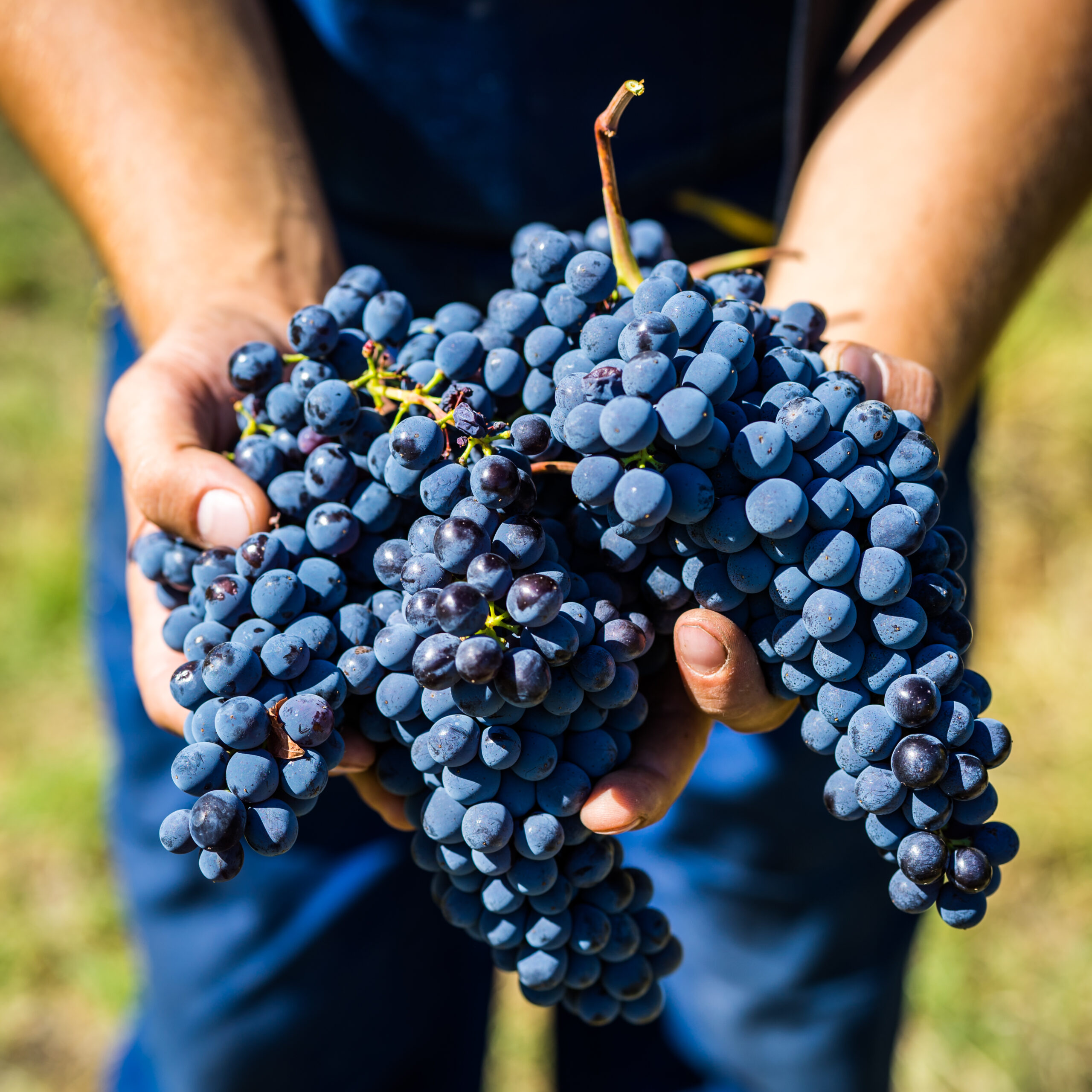
“In this edition of Vinitaly, we reaffirmed a core idea,” said Simona Meloni, Regional Minister for Agricultural and Agri-food Policies, Tourism, and the NRRP “Umbrian wine is not only an agro-food excellence. It is identity, it is culture, and it is an extraordinary lever for the development of tourism in our region. It is a mark of distinction. For this reason, now more than ever, we need an ambitious, shared, and recognizable project: a true Umbria brand that combines quality, storytelling, and strategic vision. At Vinitaly, alongside promoting our labels, we laid the foundations for a development model that brings together wine tourism, agriculture, and culture—able to express the authentic soul of Umbria. Not in competition with other regions, but in its uniqueness: the land of villages, unspoiled landscapes, widespread hospitality, craftsmanship, and good wine.”
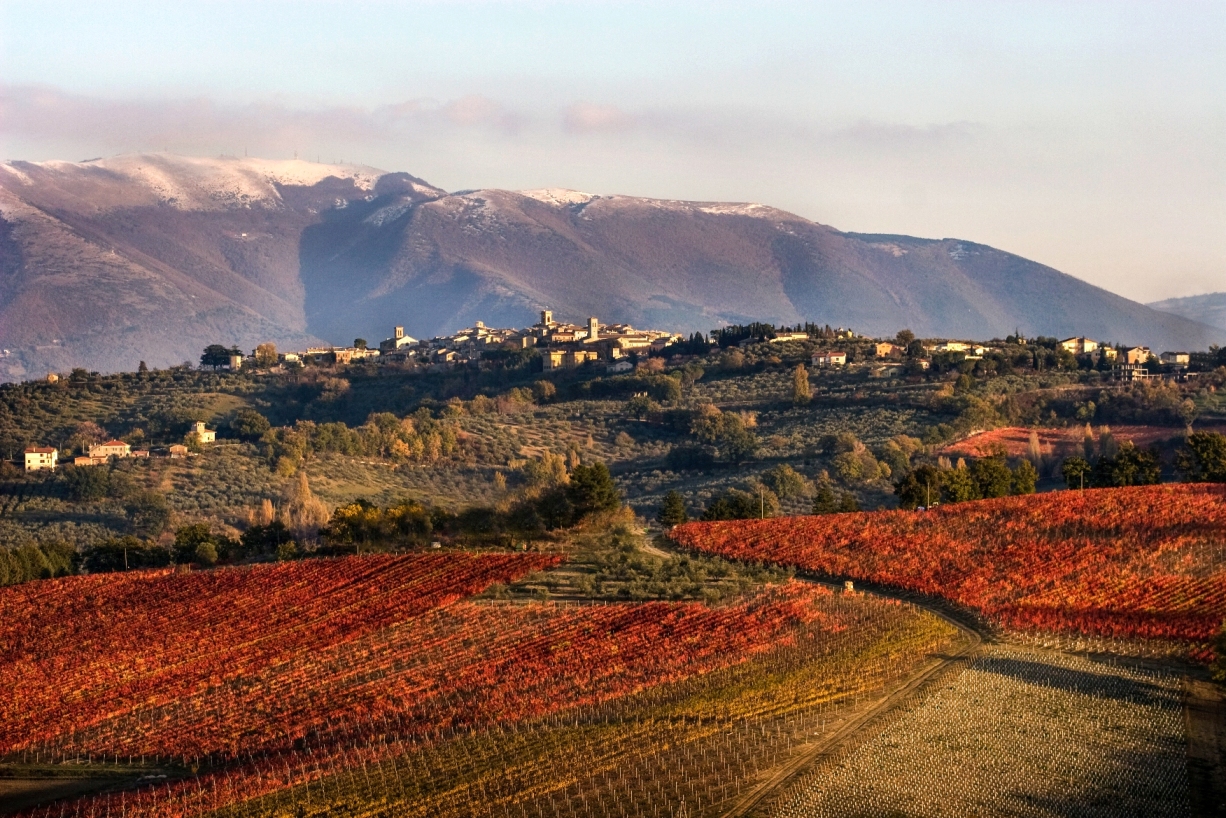
“Vinitaly 2025 was marked by a professional atmosphere focused on business, with a steady flow of qualified visitors,” said Massimo Sepiacci, President of UmbriaTop. “A central element was the strong alignment between institutions and sector operators in both planning and outlook. Our producers, who appreciated the calm and effective nature of this edition, noted great attention from buyers and the press, and a growing interest in our wines that authentically tell the story of Umbria.”
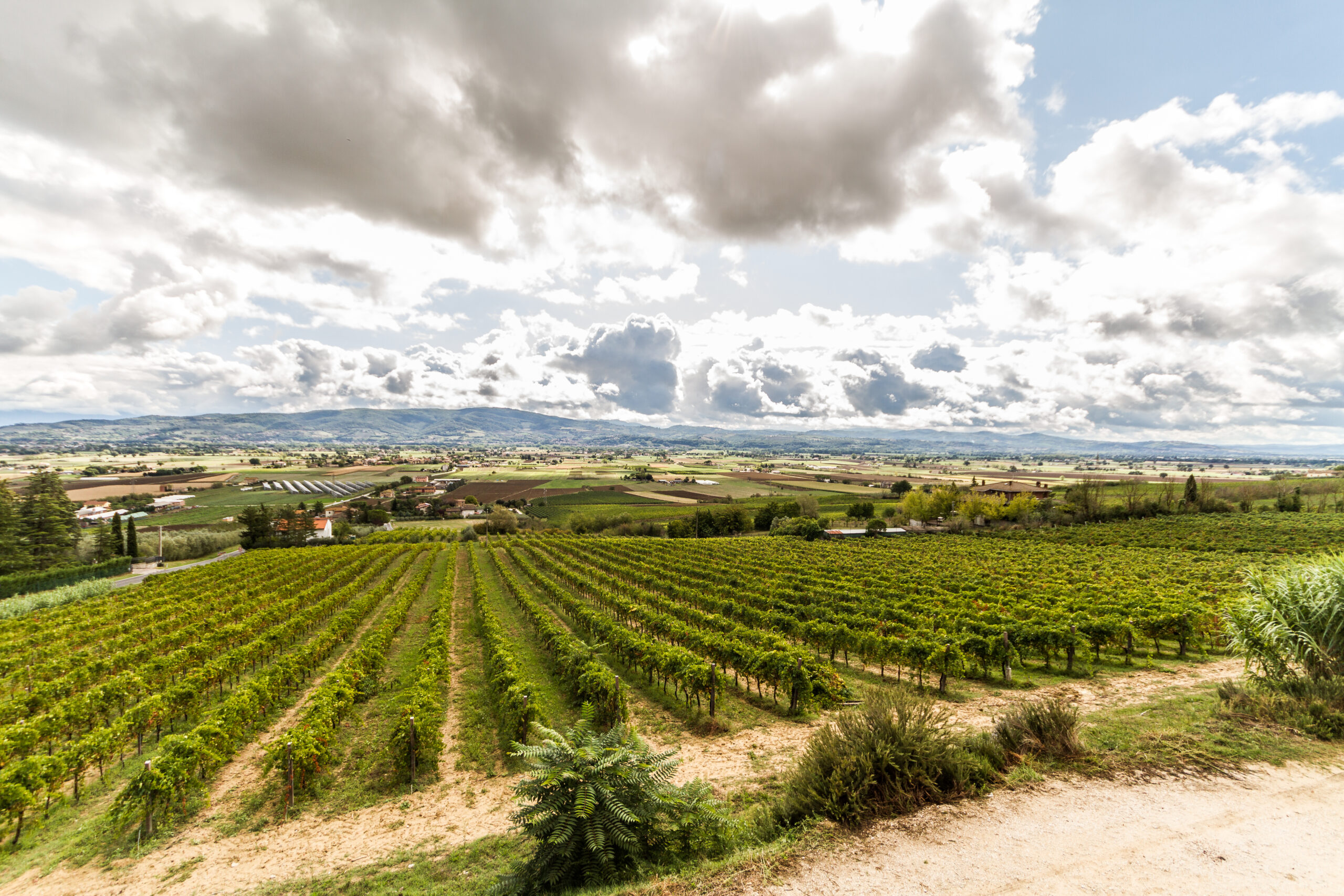
The Umbria Top event area (Pavilion 2 – from A9 to F9) was once again spread across two levels, designed as inclusive spaces for institutions, agencies, and key figures contributing to the promotion and enhancement of the region’s uniqueness. Participants included the Department for the NRRP, Agricultural and Agri-food Policies, Mountain Areas and Inland Areas, Parks and Lakes, Tourism and Sport, the Umbria Chamber of Commerce, Promocamera Umbria, Assogal Umbria with its five GALs, and 3A – Umbria’s Agri-Food Technological Park. Numerous tastings and in-depth discussions were held, designed under the “Umbria Wine Academy” format: a calendar of events aimed at sharing the wines, stories, projects, and people of Umbrian wine.
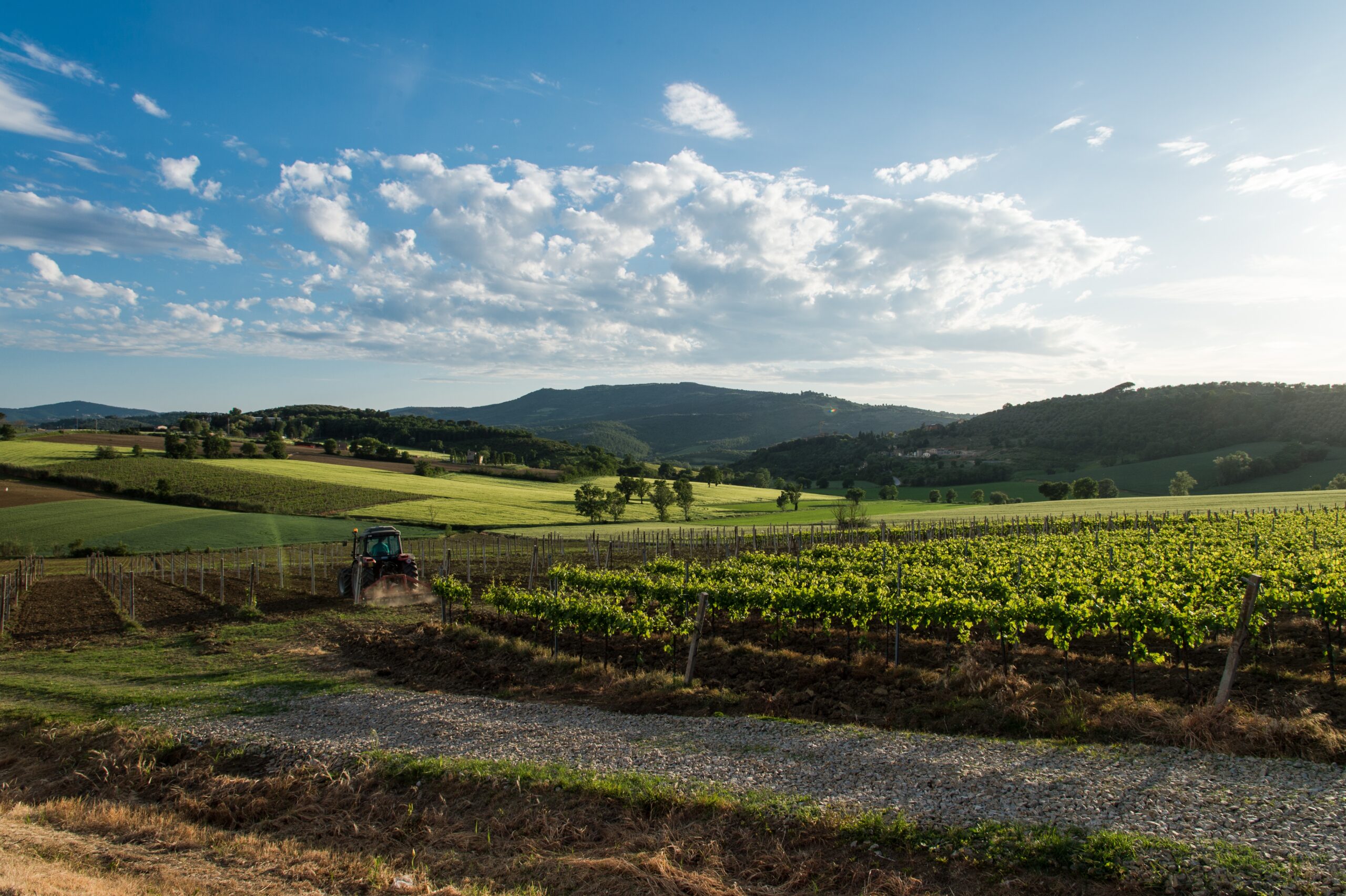
AssoGal Umbria also had a strong presence at Vinitaly 2025. The region’s five Local Action Groups (GALs) presented the first living lab on experiential tourism, in collaboration with the National Rural Network and with participation from other GALs across Italy. The well-attended event showed how teamwork and dialogue with partners can lead to innovative ideas for rural areas. Territorial identity, participatory engagement, and multidisciplinarity emerged as key themes in all shared stories.
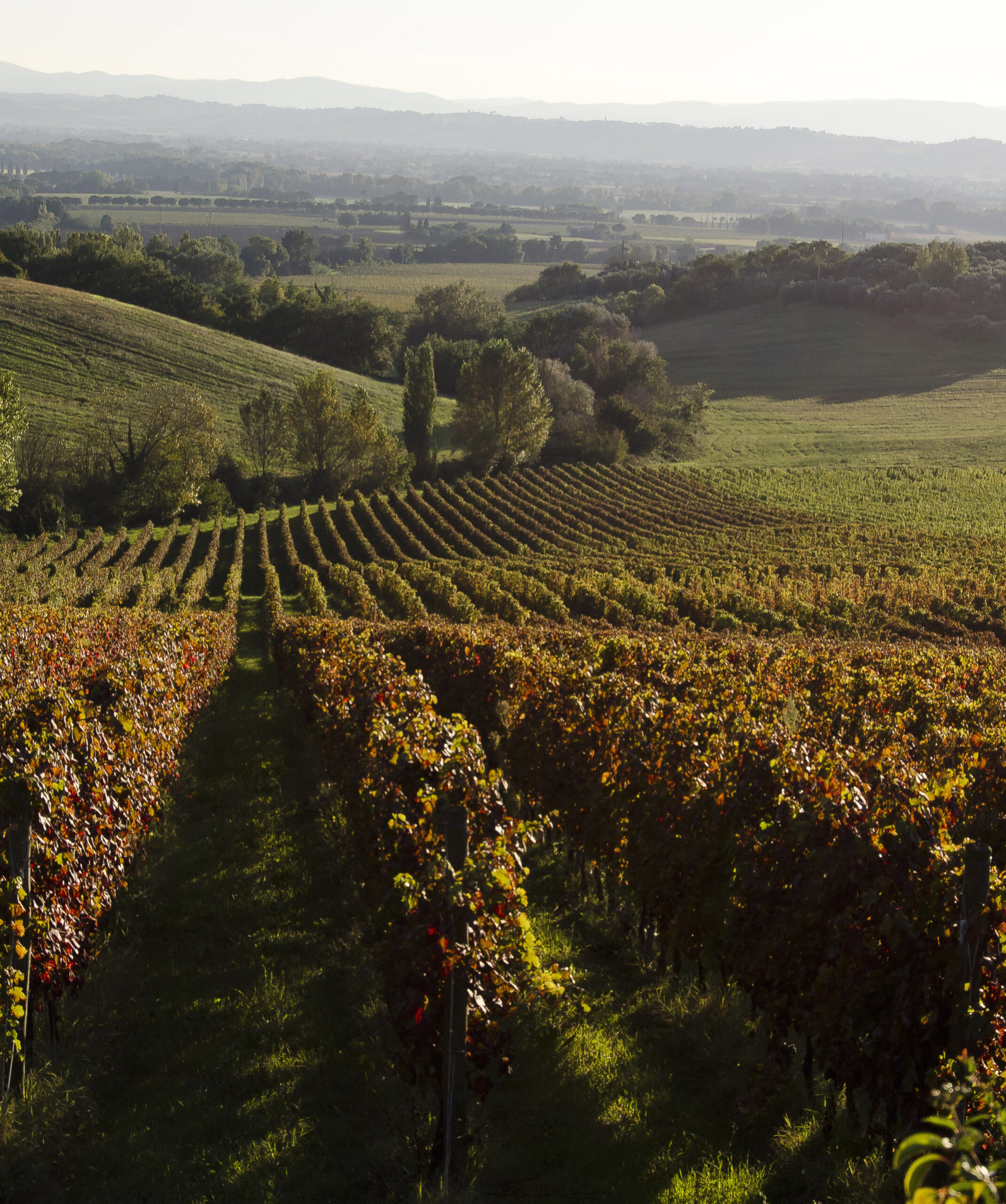
Among the noteworthy events was the launch of the publication “Roots: The Echo of Origins,” presented for the first time with the researchers and experts who contributed to its creation. The volume explores and rediscovers the origins of Umbrian winemaking through a multidisciplinary approach, highlighting the strengths of the region’s small but valuable production. It draws from botanical, agronomic, and environmental insights, as well as cultural cues, historical accounts, and testimonies of agricultural and rural archaeology. Contributors include the University of Perugia, the University for Foreigners of Perugia, 3A Agri-Food Technological Park of Umbria, the Wine Museum of Torgiano, and AIS Umbria.
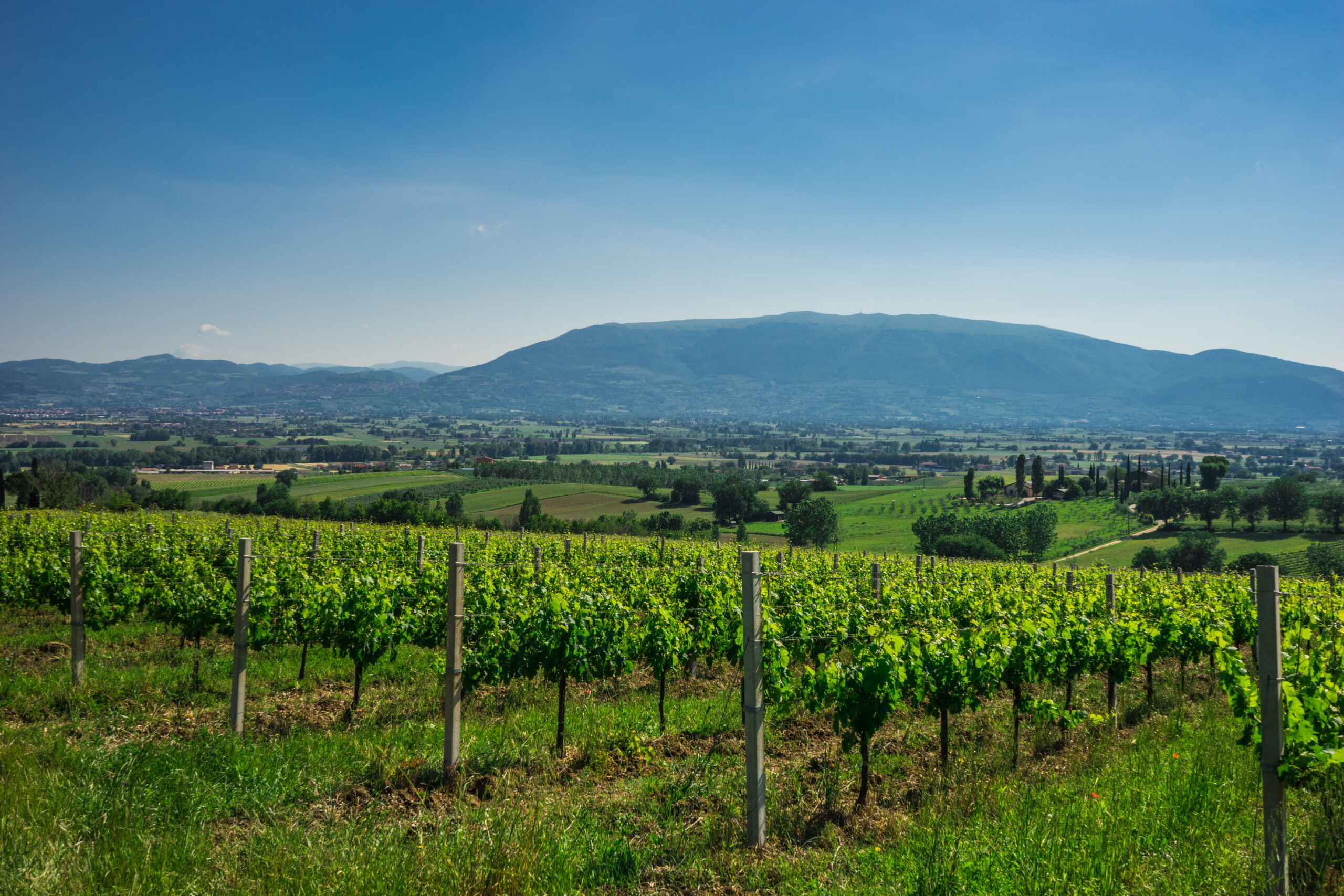
“This is more than just a publication—it’s a declaration of belonging and an act of collective memory,” explained Gioia Bacoccoli, UmbriaTop coordinator. “The ‘Roots’ project was born out of the desire to tell the story of the regional wine sector’s strengths starting from its origins. Pliny the Elder, in his Natural History, wrote: ‘Umbrorum gens antiquissima Italiae existimatur’—‘The Umbri are considered the oldest people of Italy.’ The word VINÙ appears in the Eugubine Tables (Gubbio), the longest and most important ritual text of ancient Italy, as taught by Professor Augusto
Ancillotti. It confirms that wine was used for sacred and ritual purposes. In Umbria, wine has been made since time immemorial. So, let us begin writing a story that is both new and ancient at the same time.”


